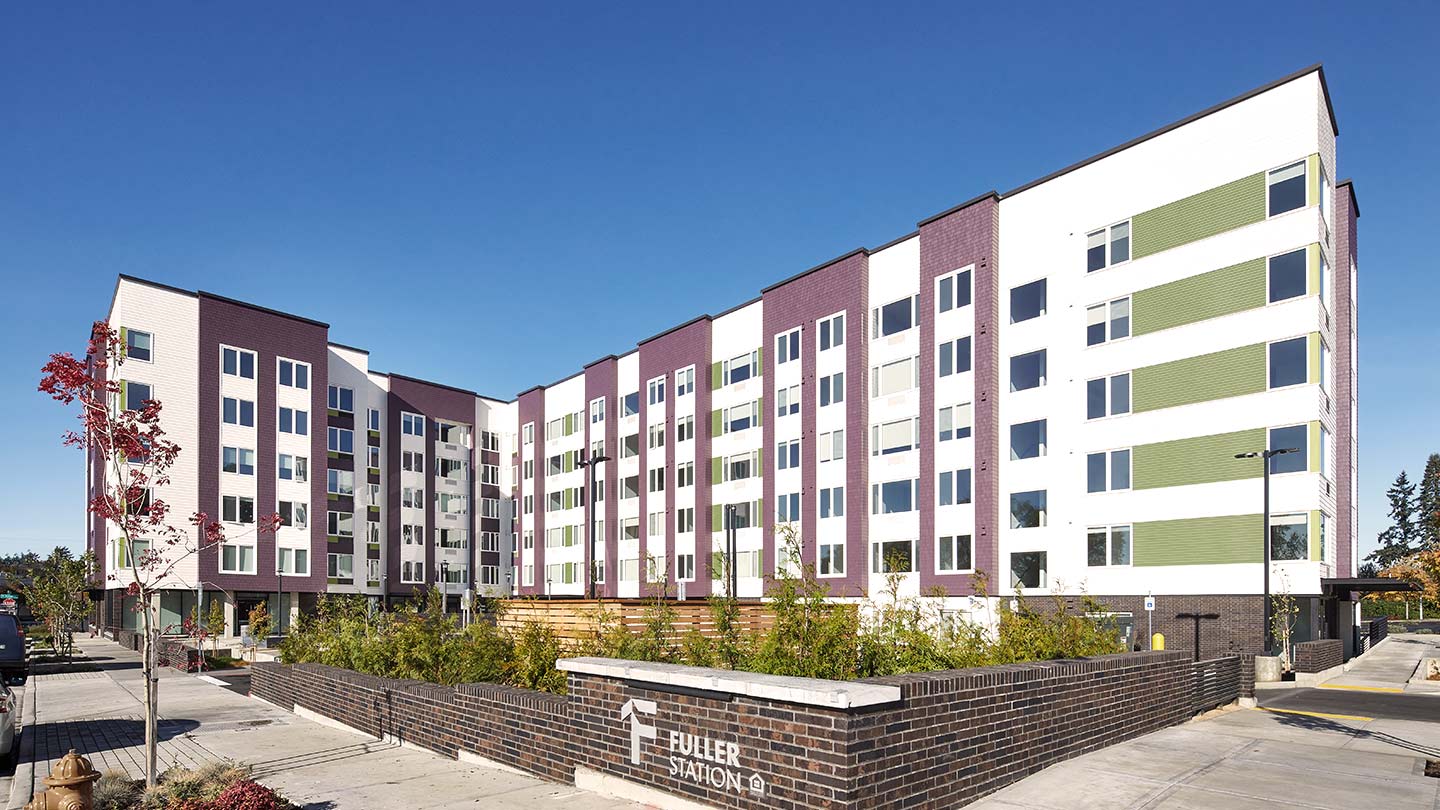
4 min read
Fannie Mae and Freddie Mac have helped to create a more stable and affordable housing market in America for more than 50 years.
“The agencies were created to provide liquidity to the housing markets, when and where it’s needed most—during times of economic stress and for markets and product types that traditional lenders may shy away from,” said Greg Rice, Senior Commercial Banker in Agency Lending.
Providing low-cost capital for affordable housing
A lot of obstacles stand in the way of increasing the affordable housing supply, including NIMBYism, labor and supply chain issues, and zoning and land-use regulations. One of the biggest hurdles, however, is finding low-cost capital. That’s where agency financing plays a crucial role.
“Fannie and Freddie are key players in supporting the acquisition, development and preservation of affordable multifamily housing across the country,” said Matt Bissonette, Senior Commercial Banker in Agency Lending. “They provide a stable, competitive source of permanent debt financing, as well as limited equity financing through the purchase of Low-Income Housing Tax Credits (LIHTC).”
Agency financing for affordable housing
The government-sponsored entities (GSEs) share similar missions of supporting the stability of the housing market, promoting access to homeownership and growing affordable rental housing across the country.
In line with these goals, Fannie Mae and Freddie Mac offer short- to long-term permanent taxable and tax-exempt debt products and structures for properties with rent restrictions.
Fannie Mae and Freddie Mac affordable housing products
“The GSEs offer multiple permanent debt options, including the issuance of mortgage-backed securities and credit facilities for larger developers and portfolios. In addition, the agencies bond credit enhancement, as was the case with a Houston project we worked on recently, The Life at Grand Oaks,” Bissonette said. “The agencies also support multifamily affordable housing financing in purchasing LIHTC, with the proceeds contributed in the form of equity to finance the projects.”
The agencies’ other affordable multifamily products include:
- Affordable housing preservation solutions, such as preservation rehabilitation financing for products with LIHTC or non-LIHTC affordability restrictions.
- Loans on properties with USDA Section 515 debt, which is used for rental properties in rural areas for low- and very low-income families, seniors and people with disabilities.
Workforce housing solutions
In addition to supporting low- and very low-income households through affordable housing, Freddie Mac offers workforce housing preservation solutions.
Fannie Mae Multifamily has several product initiatives for workforce housing, too, including:
- Sponsor-Initiated Affordability offers better pricing and underwriting flexibility in exchange for commitments from owners to keep apartments affordable to renters earning up to 80% of Area Median Income (AMI).
- Sponsor-Dedicated Workforce Housing, rolled out in 2023, provides sponsors with favorable financing when they create or preserve affordable rents on at least 20% of the units to renters earning 80% of AMI for the life of the loan. “In certain high-cost markets, sponsors can create or preserve a minimum of 20% of affordable rents to renters earning up to 100% to 120% of AMI,” Bissonette said.
These workforce housing products not only address the “missing middle’s” need for housing, but allow borrowers to save on costs associated with verifying residents’ incomes.
These efforts are in line with the goals of JPMorgan Chase’s Workforce Housing Solutions group, which provides innovative financing and expertise to help developers make workforce housing projects happen with sources beyond traditional affordable housing subsidies.
“Agency financing provides great tools for workforce housing projects,” said Lionel Lynch, Head of Workforce Housing Solutions, Community Development Banking. “For new construction, non-LIHTC forward commitments are becoming popular ways to increase construction loan proceeds. And stabilized workforce housing properties can get advantageous terms for permanent financing.”
The bottom line: “Fannie Mae and Freddie Mac continue to evolve with the everchanging markets, adding programs focused on energy efficiencies, social service programs, manufactured housing, expanded affordability restrictions and tax-exempt bond financing,” Rice said. “The need for affordable and workforce housing is increasing every day, and the agencies and their lending relationships will have to continue to innovate to make a meaningful impact.”
Agency financing can be vital for conventional and affordable multifamily investors, especially amid economic challenges.
JPMorgan Chase Bank, N.A. Member FDIC. Visit jpmorgan.com/commercial-banking/legal-disclaimer for disclosures and disclaimers related to this content.







